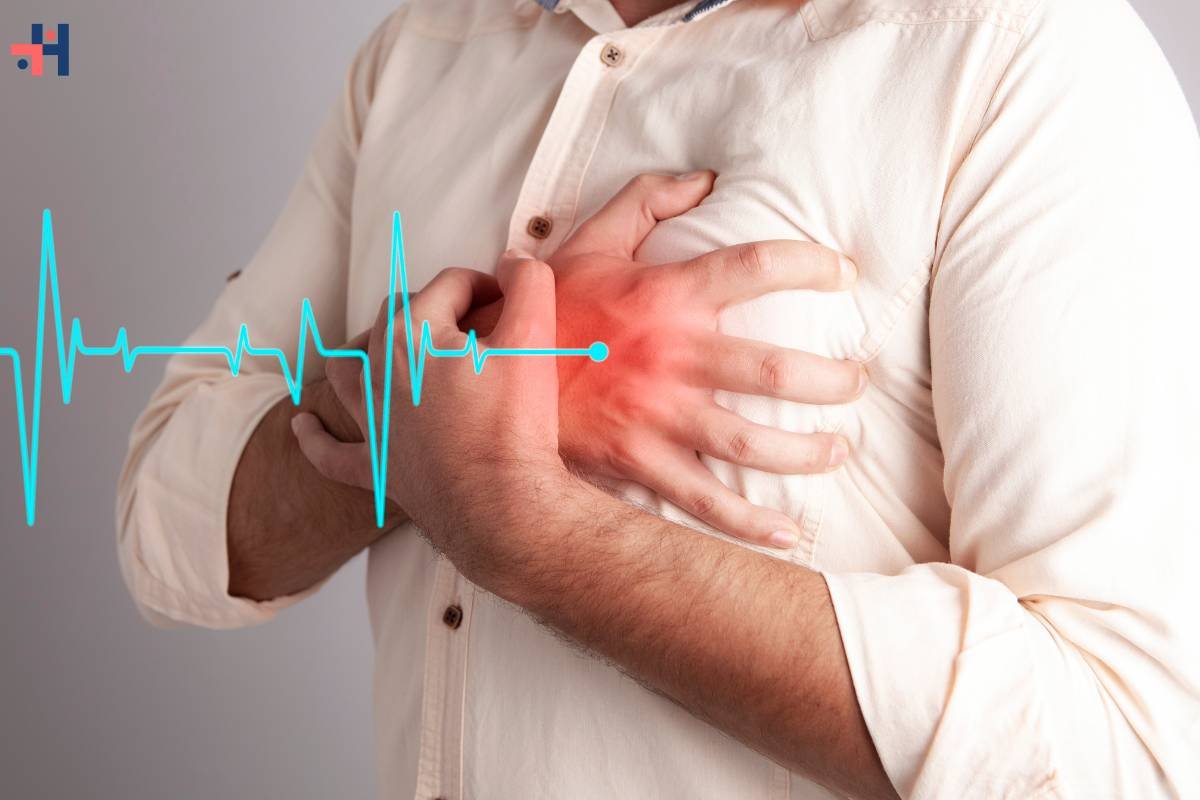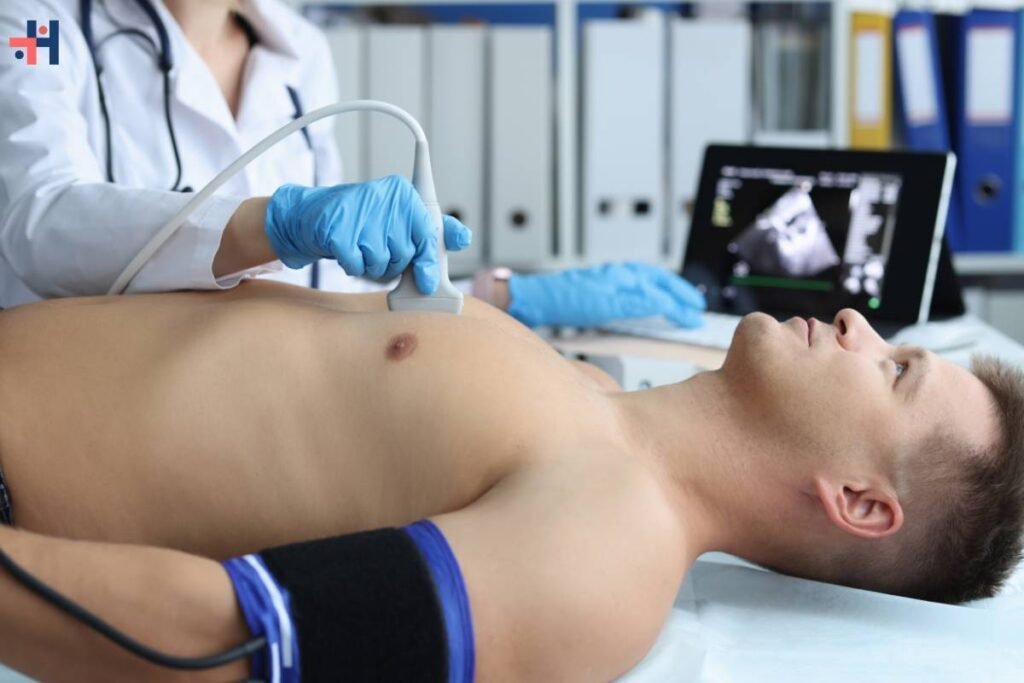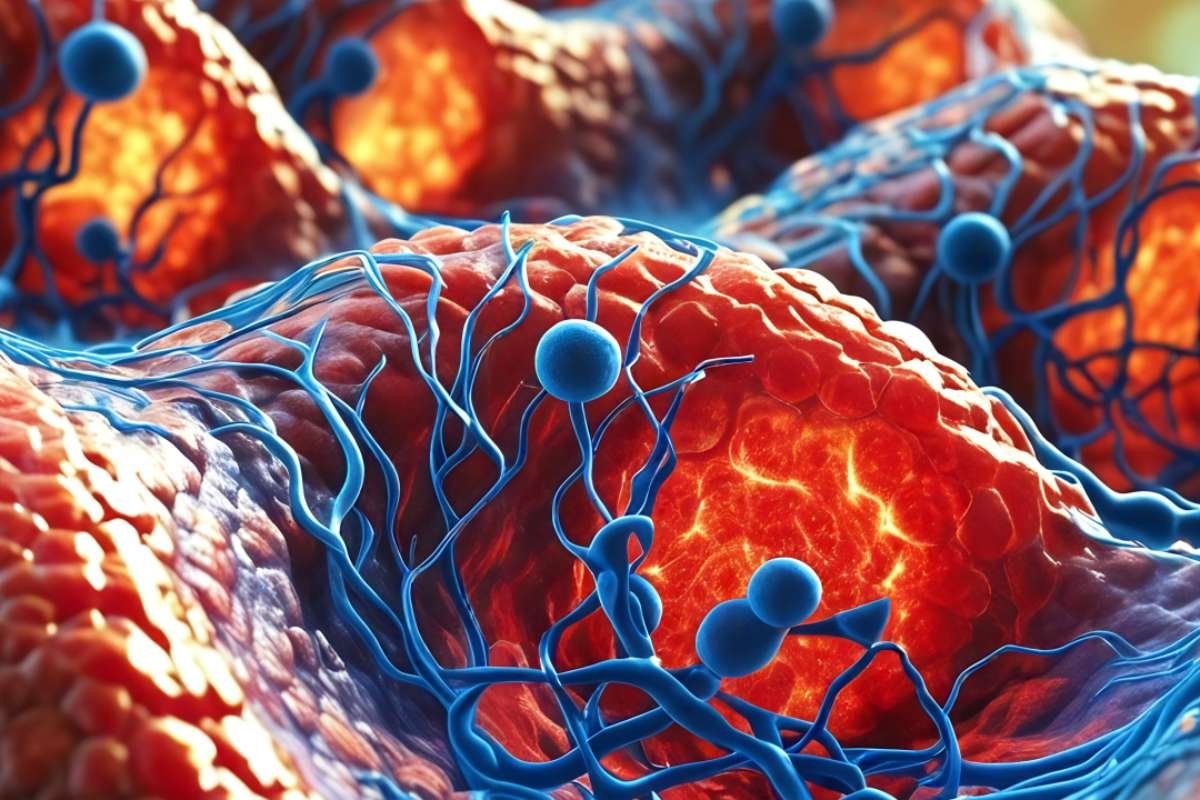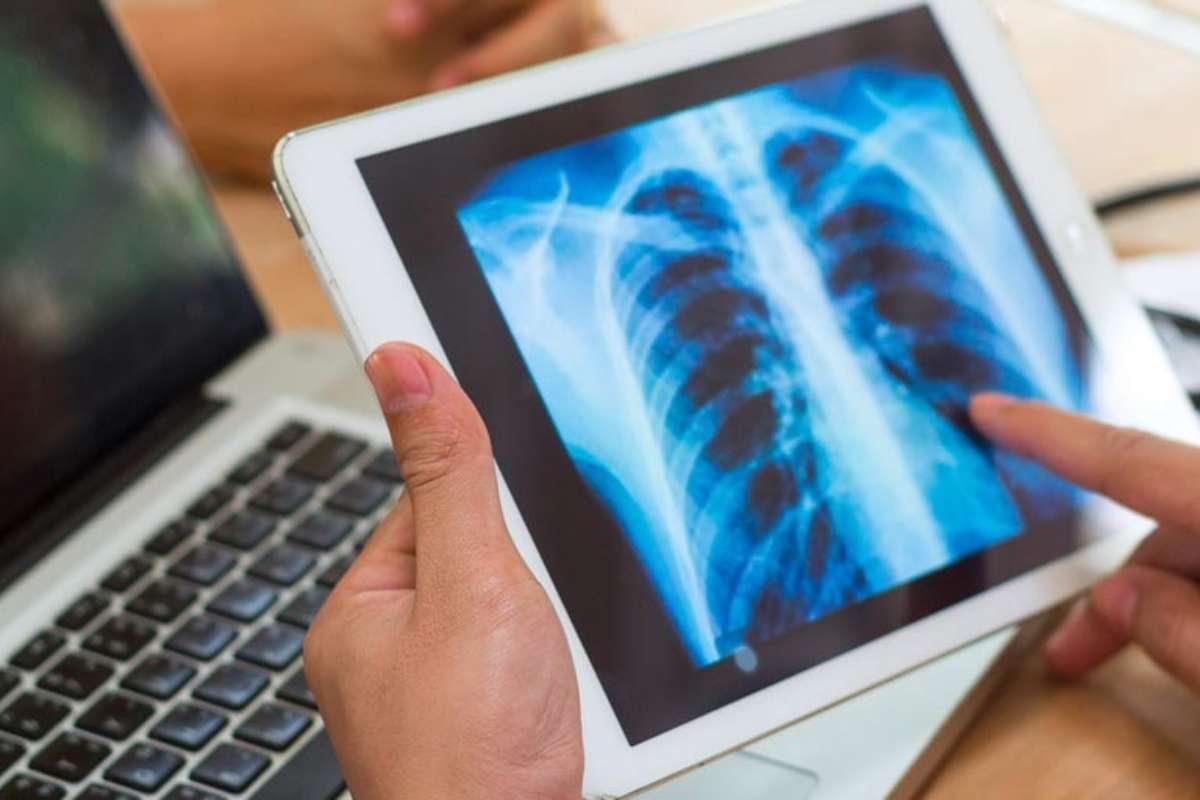The 2 Dimensional Echocardiography (2D Echo) has emerged as a cornerstone tool for evaluating cardiac structure and function. This non-invasive imaging modality utilizes ultrasound waves to generate high-resolution images of the heart, offering clinicians valuable insights into cardiac anatomy, function, and hemodynamics. In this comprehensive guide, we explore the multifaceted applications, benefits, and significance of 2D Echo in modern healthcare.
Understanding 2 Dimensional Echo:
At its core, 2 Dimensional Echo employs ultrasound technology to visualize the heart in real-time. A transducer emits high-frequency sound waves that penetrate the chest and bounce off cardiac structures, producing echoes. These echoes are then captured and processed by a computer to create two-dimensional images of the heart’s chambers, valves, walls, and blood flow patterns. By manipulating the position and orientation of the transducer, clinicians can obtain multiple views of the heart from different angles, enhancing diagnostic accuracy and interpretation.
Applications of 2 Dimensional Echo:
1. Assessment of Cardiac Anatomy:
2D Echo enables clinicians to evaluate the size, shape, and movement of the heart’s chambers and valves. It plays a crucial role in diagnosing congenital heart defects, valvular abnormalities, and structural heart diseases.
2. Evaluation of Cardiac Function:
By measuring parameters such as ejection fraction, fractional shortening, and myocardial strain, 2D Echo provides insights into the heart’s pumping ability and contractile function. It helps assess left ventricular systolic and diastolic function, guiding treatment decisions in heart failure and cardiomyopathies.
3. Detection of Cardiac Pathologies:
2D Echo aids in the detection and characterization of various cardiac pathologies, including coronary artery disease, myocardial infarction, pericardial diseases, and cardiac tumors. It helps identify wall motion abnormalities, ischemic regions, and structural anomalies that may indicate underlying cardiac disorders.
4. Assessment of Valvular Heart Disease:

2D Echo plays a crucial role in diagnosing and monitoring valvular heart diseases such as aortic stenosis, mitral regurgitation, and tricuspid valve disorders. It helps assess valve morphology, function, and severity of regurgitation or stenosis, guiding surgical or interventional management.
5. Evaluation of Cardiac Hemodynamics:
By visualizing blood flow patterns within the heart and great vessels, 2D Echo provides valuable information about cardiac hemodynamics. It helps assess parameters such as blood velocity, pressure gradients, and shunt flows, aiding in the diagnosis of conditions such as congenital heart defects and pulmonary hypertension.
Benefits of 2 Dimensional Echo:
1. Non-Invasive and Safe:
2D Echo is a non-invasive imaging technique that does not require radiation exposure or incisions, making it safe and well-tolerated by patients of all ages.
2. Real-Time Imaging:
With its ability to provide immediate, real-time images of the heart, 2D Echo allows clinicians to visualize cardiac anatomy and function dynamically, enhancing diagnostic accuracy and interpretation.
3. High Diagnostic Accuracy:
Modern 2D Echo systems offer high-resolution imaging capabilities, allowing for detailed visualization of cardiac structures and abnormalities. This high diagnostic accuracy enables early detection and characterization of cardiac pathologies, leading to timely intervention and management.
4. Cost-Effective:
Compared to other imaging modalities such as cardiac MRI or CT scan, 2D Echo is relatively more cost-effective, making it accessible to a wider range of patients. Its affordability and widespread availability contribute to its utility as a screening and diagnostic tool in cardiovascular care.
5. Significance in Modern Healthcare:
2 Dimensional Echocardiography holds significant importance in modern healthcare, playing a pivotal role in the diagnosis, management, and monitoring of cardiovascular diseases. Its versatility, non-invasiveness, and high diagnostic accuracy make it an indispensable tool for cardiologists, cardiac surgeons, and other healthcare providers. By providing detailed insights into cardiac anatomy, function, and hemodynamics, 2D Echo helps improve patient outcomes, guide treatment decisions, and enhance overall cardiovascular care.
6. Guidance for Interventional Procedures:
In addition to diagnosis and monitoring, 2D Echo plays a crucial role in guiding interventional procedures such as transcatheter valve replacement, septal defect closure, and pericardiocentesis. Real-time imaging during these procedures helps ensure accurate device placement and optimal outcomes.
7. Risk Stratification in Cardiovascular Disease:

By assessing parameters such as left ventricular function, myocardial viability, and valvular pathology, 2D Echo aids in risk stratification for cardiovascular events such as heart failure, myocardial infarction, and stroke. Identifying high-risk individuals allows for targeted interventions and preventive measures to mitigate adverse outcomes.
8. Assessment of Cardiotoxicity:
2 Dimensional Echo is instrumental in detecting and monitoring cardiotoxicity associated with chemotherapy and other cardiotoxic medications. Serial assessments of cardiac function and structure help identify early signs of myocardial damage, enabling timely intervention and modification of treatment regimens to minimize adverse cardiac effects.
9. Evaluation of Congenital Heart Disease:
In pediatric cardiology, 2D Echo is indispensable for diagnosing and characterizing congenital heart defects such as atrial septal defects, ventricular septal defects, and tetralogy of Fallot. It allows for comprehensive assessment of cardiac anatomy and function in neonates, infants, and children, guiding surgical or interventional management.
10. Integration with Advanced Imaging Techniques:
Modern 2D Echo systems often integrate with advanced imaging techniques such as Doppler echocardiography, speckle tracking echocardiography, and three-dimensional echocardiography. These complementary modalities enhance the diagnostic capabilities of 2D Echo, providing additional quantitative and qualitative information about cardiac structure and function.
11. Point-of-Care Imaging:
With the advent of portable ultrasound devices, point-of-care 2D Echo has become increasingly accessible in various clinical settings, including emergency departments, intensive care units, and ambulatory care clinics. Point-of-care imaging allows for rapid bedside assessment of cardiac function and hemodynamics, facilitating timely diagnosis and management of acute cardiovascular conditions.
12. Monitoring of Cardiac Rehabilitation:
Following cardiac surgery or acute myocardial infarction, 2D Echo plays a vital role in monitoring patients during cardiac rehabilitation programs. Serial assessments of cardiac function help track recovery progress, optimize exercise prescription, and identify complications such as myocardial ischemia or ventricular dysfunction.
13. Research and Clinical Trials:

2D Echo serves as a valuable tool for cardiovascular research and clinical trials, providing objective and reproducible measures of cardiac structure and function. Its widespread use in research settings contributes to the development of new diagnostic techniques, therapeutic interventions, and guidelines for cardiovascular care.
Conclusion
2 Dimensional Echocardiography (2D Echo) is a versatile and indispensable imaging modality with diverse applications in cardiovascular care. From diagnosis and risk stratification to guidance for interventions and monitoring of treatment outcomes, 2 Dimensional Echo plays a central role in the management of cardiac conditions across all age groups. Its continuous evolution and integration with advanced imaging techniques ensure its continued relevance and significance in the field of cardiology. As healthcare technologies advance, 2D Echo remains a cornerstone tool in the pursuit of optimal cardiovascular health and improved patient outcomes.










